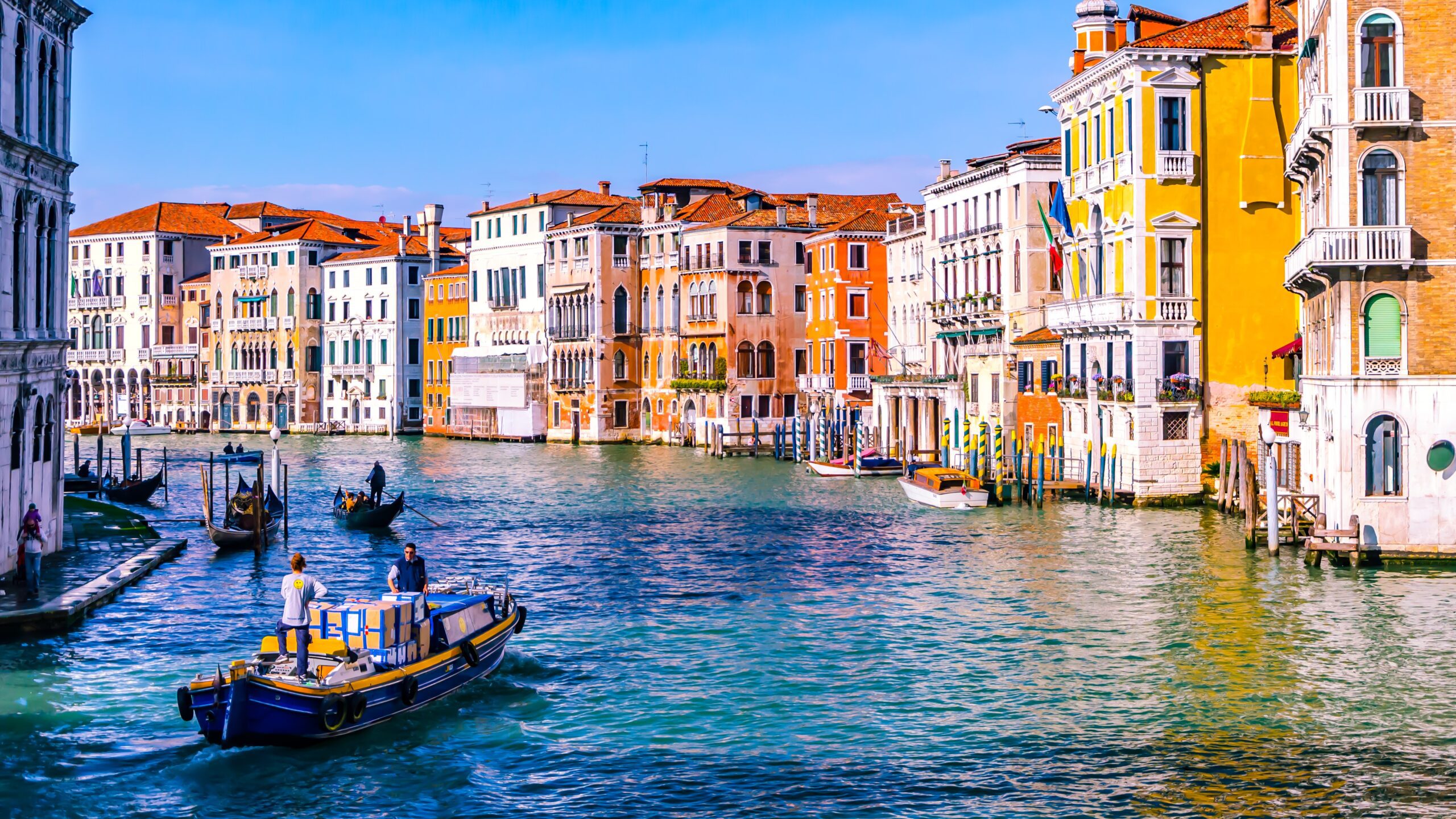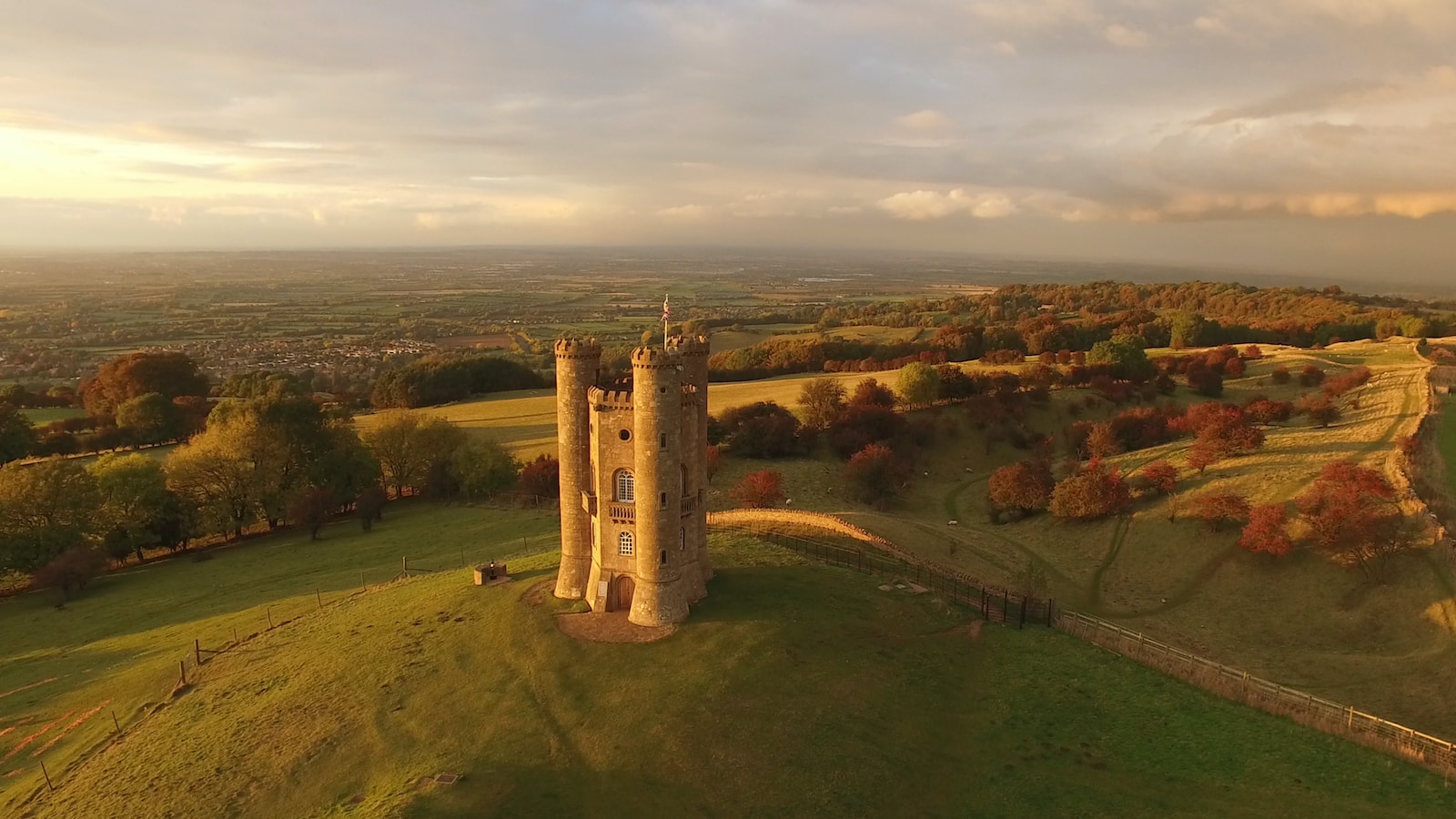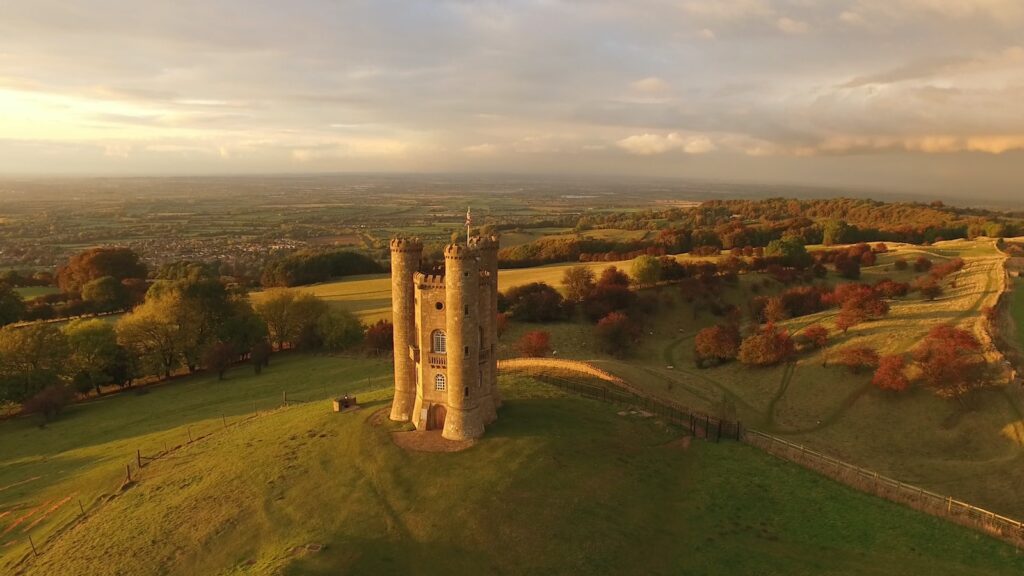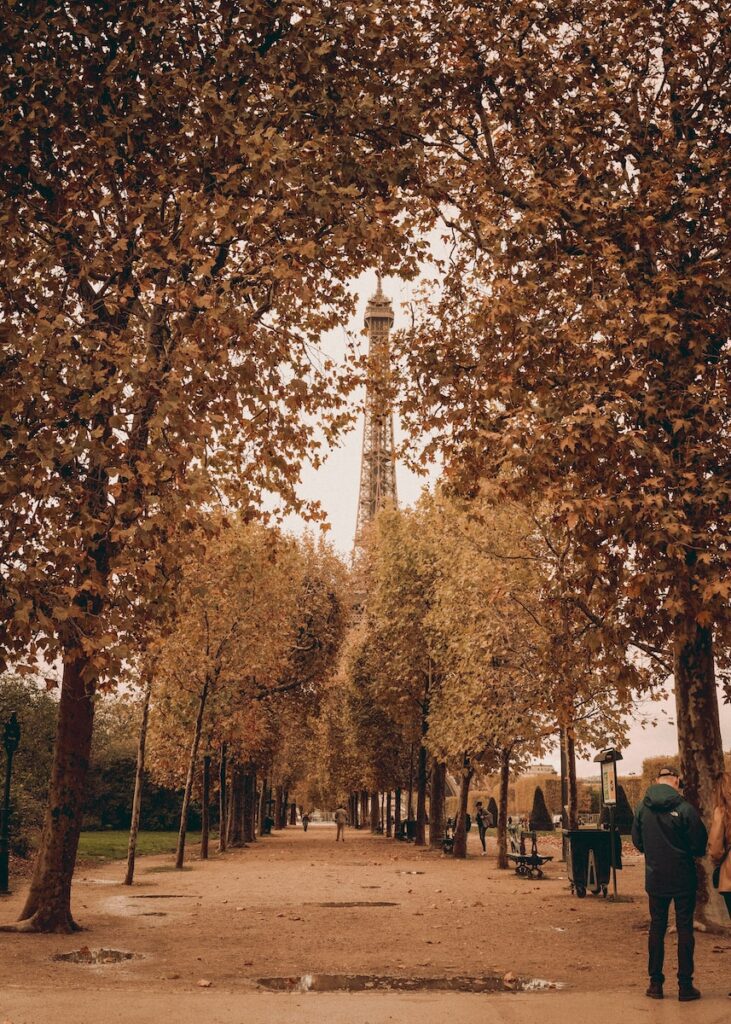Unveiling the History of Venice
Step back in time as you explore the enchanting city of Venice, Italy. With a history dating back over 1,500 years, this unique destination will transport you to a world of romance, art, and culture. From its humble beginnings as a collection of marshy islands, Venice grew to become one of the greatest maritime powers in the Mediterranean. Immerse yourself in the captivating stories of the Venetian Republic, from its reign as a dominant trading empire to its decline in the 18th century. Marvel at the architectural wonders of St. Mark’s Basilica and the Doge’s Palace, which stand as testaments to the city’s rich history.
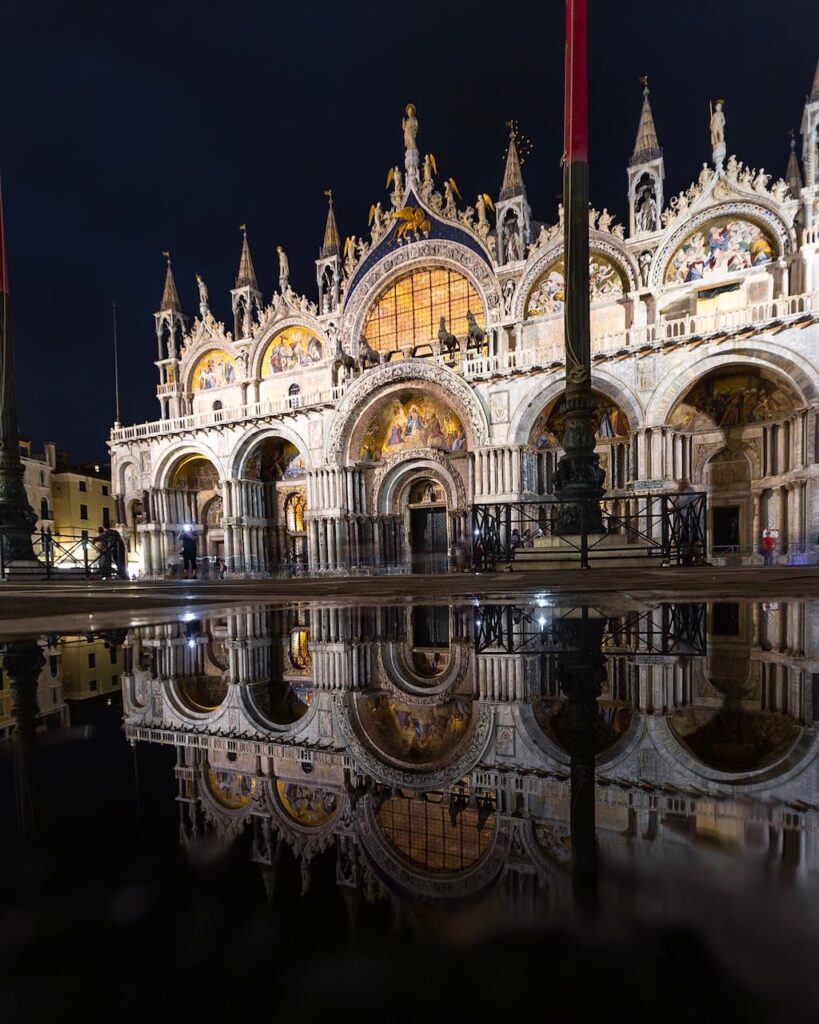
Exploring the Famous Sites
Venice, a city unlike any other, has a history that reads like a captivating novel. As you step onto the cobblestone streets, you are treading upon layers of stories that have shaped the city into the masterpiece it is today. The journey through Venice’s history begins with its very foundation – a network of marshy islands in the Venetian Lagoon. The settlers who sought refuge here were fleeing the barbarian invasions that plagued mainland Italy in the 5th century. Little did they know that their humble beginnings would give rise to a city that would leave an indelible mark on the world.
The heart of Venice is the Venetian Republic, a sovereign city-state that emerged around the 7th century. Through shrewd diplomacy, strategic alliances, and formidable naval power, the Venetians established themselves as prominent players in the complex tapestry of medieval Europe. The Venetian Republic became a vital link between the East and the West, fostering a flourishing trade network that extended to far-flung corners of the known world. This era marked the ascendancy of Venice as a maritime empire, controlling key trade routes and amassing immense wealth.
A testament to this grandeur can be witnessed in the architectural marvels that still grace the city today. St. Mark’s Basilica, an iconic example of Byzantine architecture, stands as a reflection of Venice’s historical ties to the Eastern Roman Empire. Its intricate mosaics depict scenes of religious devotion and political authority, encapsulating the essence of the city’s prominence during the Middle Ages. Adjacent to the basilica is the Doge’s Palace, a masterpiece of Venetian Gothic architecture. This palace served as the center of political power for centuries, where the Doge, the highest authority of the republic, resided. Its elegant arches, delicate stonework, and grand halls offer a glimpse into the opulence and prestige that defined the Venetian elite.
Navigating the Waterways
Venice’s intricate network of canals is a defining feature of the city’s identity. As you glide along the tranquil waters of the Grand Canal on a gondola, you can almost hear the echoes of the past reverberating through the arched bridges and ancient buildings that line the water’s edge. The Grand Canal isn’t just a waterway; it’s a flowing testament to the engineering prowess and artistic vision of the Venetian people.

One of the most iconic structures that spans the Grand Canal is the Rialto Bridge. This architectural gem is more than just a connection between two parts of the city; it symbolizes the resilience and innovation that characterize Venice. The bridge, with its distinctive central arch and bustling market stalls, has witnessed centuries of trade and cultural exchange.
Island Escapes: Murano and Burano
Beyond the heart of Venice lie two captivating islands that beckon with their own stories. Murano, known throughout the world for its glassmaking tradition, is a testament to the city’s dedication to craftsmanship. The island’s reputation as a glassmaking hub dates back to the 13th century when the Venetian Republic ordered glass factories to relocate there due to fire safety concerns in the main city. The artisans of Murano honed their skills over generations, developing techniques that remain unparalleled to this day. Witnessing a glassblower spin molten glass into intricate shapes is like observing a dance between the artist and the elements.
On the other hand, the island of Burano is a vibrant burst of color on the Venetian Lagoon. Known for its charming and colorful houses, Burano is a testament to the individuality and creativity of the Venetian people. Legend has it that the houses were painted in bright hues so that fishermen could identify their homes through the dense fog that often blankets the lagoon. Whether true or not, the result is a stunning array of colors that transform the island into a living canvas.
Culinary Delights of Venice
Venetian cuisine is a tantalizing fusion of flavors, influenced by the city’s maritime heritage and its position as a crossroads of cultures. Exploring Venice’s culinary landscape is like embarking on a culinary treasure hunt, where every dish tells a story of the sea and the land. As you wander through the bustling streets, the aroma of freshly caught seafood and freshly baked bread wafts from charming trattorias and inviting bacari.

The quintessential Venetian dining experience is incomplete without indulging in cicchetti – bite-sized dishes that showcase the freshest local ingredients. These delectable morsels are often enjoyed in the company of friends, paired with a glass of wine. The bacari, traditional Venetian wine bars, are the perfect venues to savor this culinary tradition. Imagine standing at the counter of a centuries-old bacaro, sipping a glass of Prosecco and savoring a delicate skewer of marinated seafood. This is the essence of Venetian socializing, a time-honored ritual that bridges past and present.
For a deeper dive into Venetian gastronomy, consider joining a cicchetti and wine tasting tour. Led by knowledgeable guides, these tours offer an exploration of the city’s hidden culinary gems. From savory baccalà mantecato (creamed codfish) to sweet fritelle (fried pastries), each bite carries a piece of Venice’s history and tradition.
Preserving the Past for the Future
Venice’s history is not confined to the past; it lives on in the present, shaping the city’s identity and future. However, the city faces unique challenges due to its geographical location and the passage of time. The delicate equilibrium between land and water, the very essence of Venice’s charm, is under threat from rising sea levels and subsidence. The efforts to safeguard the city’s architectural and cultural heritage have never been more crucial.
Organizations and institutions are working tirelessly to ensure that Venice’s legacy is preserved for generations to come. Restoration projects breathe new life into historical buildings, while innovative engineering endeavors aim to protect the city from the perils of climate change. Moreover, initiatives that celebrate traditional craftsmanship, such as glassmaking and boat building, play a pivotal role in maintaining the city’s cultural heritage.

